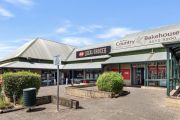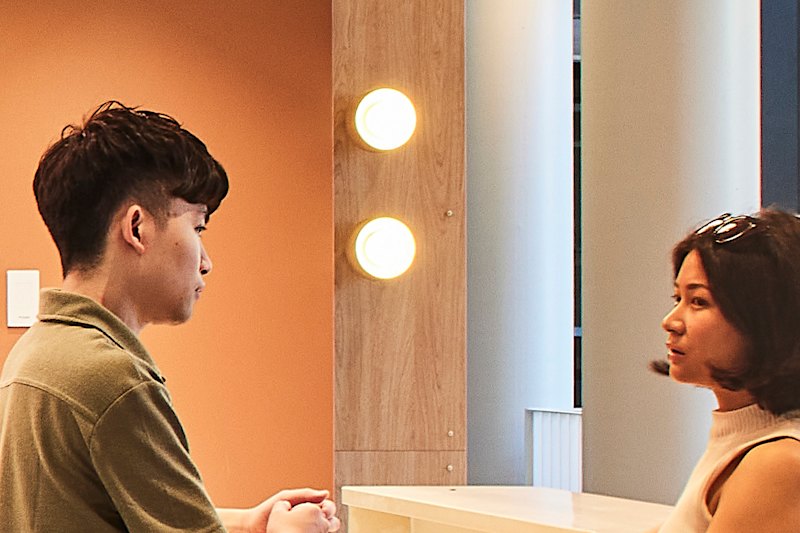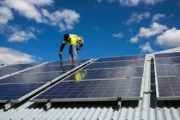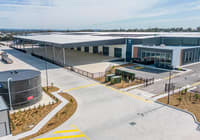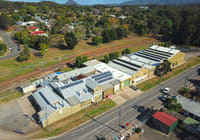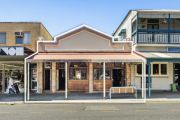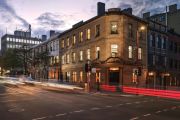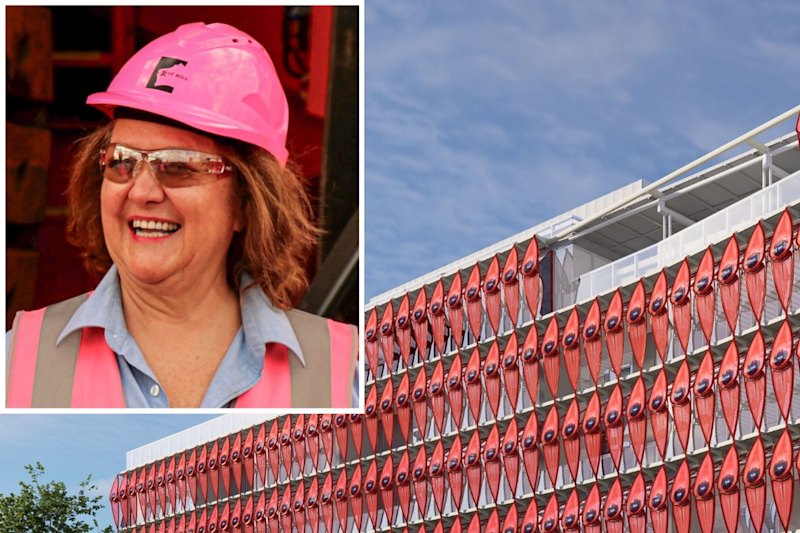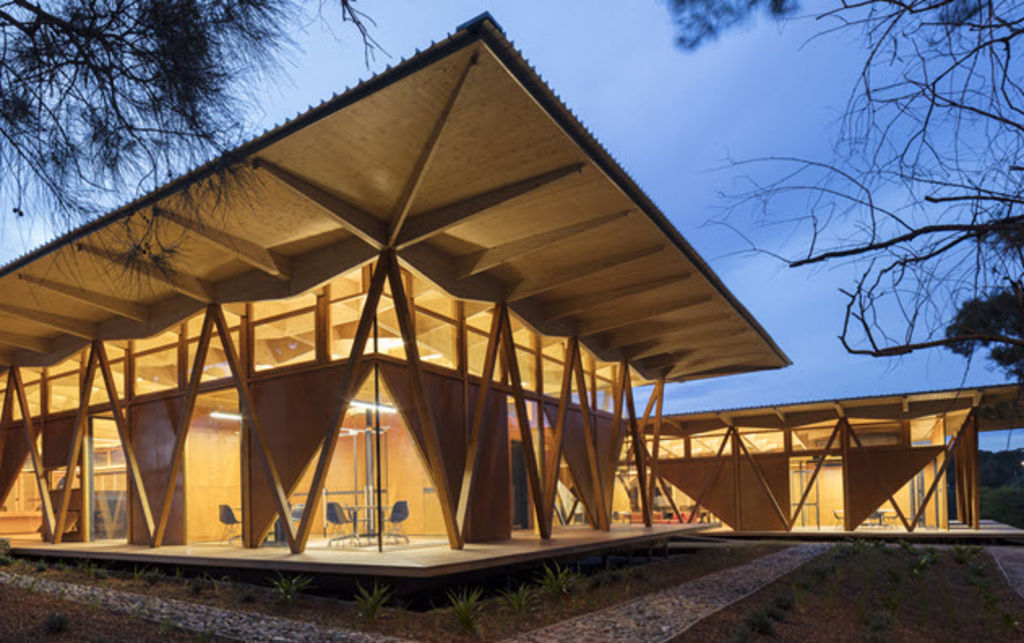
Modern prefabricated classrooms no long a second-rate alternative, expert says
Kids are likely to learn quicker and be much happier in well-designed, smartly-engineered prefabricated school classrooms than in traditional permanent buildings, an expert architect claims.
While some parents and teachers are cautious about the newly-revealed NSW Government plans to spend $2 billion on prefab classrooms, fearing they are second-class substitutes for regular structures, Architectus principal Luke Johnson says they can actually be much better.
“One of the perceptions people have with prefabs is that they’re getting second-rate options which aren’t as good as permanent buildings,” said Mr Johnson, an expert in modular prefabricated building design.
“But that’s no longer the case. The use of mass timber products delivers a very high design outcome and the quality, visual appeal and atmosphere of highly engineered, clear finished, treated timber is very warm and supportive of an excellent teaching and learning environment. These buildings are just so nice to be in; they work well for everyone.”
NSW Education Minister Rob Stokes announced on Thursday that up to 4000 old-style demountable classrooms could be replaced in the state’s schools with more flexible, prefab structures that could be customised for classrooms, school halls and libraries.
They would also be capable of being adapted to cope with a population of schoolchildren expected to grow by more than 269,000 by 2031 – 164,000 of whom will be in the public system. More than 80 per cent of this growth will be in Sydney.
Mr Johnson welcomed the decision, saying it was the best possible outcome for students. His team recently created a 1200-square-metre, two-pavilion timber prefab building for Macquarie University to act as its ‘innovation hub’ in just five months, which was fabricated off-site and then quickly assembled in its location, with minimal disruption to students.
Opened by Prince Andrew during his visit, it picked up four gongs at the 2017 Australian Timber Design Awards earlier this month and, although it was commissioned mostly for its flexibility and relocation potential, has now become so well loved, the university has said it is not going anywhere.
A second building has now been commissioned by the university for its medical faculty.
“The key to the learnings from that project was being able to create 3D-designed buildings and send those directly into an automated fabrication process using cutting-edge technology for the rapid creation of components,” Mr Johnson said.
“The company Strongbuild in western Sydney has just invested $20 million in upgrading its facilities for engineered timber products and a mass expansion of capacity.
“It was then assembled rapidly off-site in a yard with high-quality controls, and then brought by truck between midnight and 5am to the site and assembled in just days. It then means minimal disruption to those in the location with the constant truck movements you’d normally need for a permanent structure, and without the associated vibrations and acoustic problems.”
The advantages of such methods for schoolyards was obvious, but that was only the start of the lesson, Mr Johnson said. Timber was a good material to work with, and sit inside, and the new buildings could be designed with operable panels in external walls that could open to the fresh air and sunshine to reduce heating and airconditioning costs, with solar technology on the roofs, water run-off re-harvested for watering gardens and systems to monitor and adjust energy use.
They could also be adjusted easily to change the capacity of rooms, add or take out partitions, move walls, relocate, alter the function or even attach other buildings, making them a good long-term solution to any needs that arose over time.
“Prefab buildings in the past were like temporary structures that weren’t much better than shipping containers and builders’ work sheds,” Mr Johnson said. “But now the technology has aligned with high-quality engineered timber products to create buildings that are just as good – or better than – high-quality residential houses.
“They are spaces that people actively want to be in, because of their comfort, amenity, flexibility and sustainability. And the real issue is time. The government has been late in addressing the baby boom, and conventional building technology can’t meet that demand.
“But timber prefab buildings can be produced rapidly. Plus they deliver an outcome that’s preferable to many conventional buildings, with minimal disruption, greater sustainability and comfort.”


